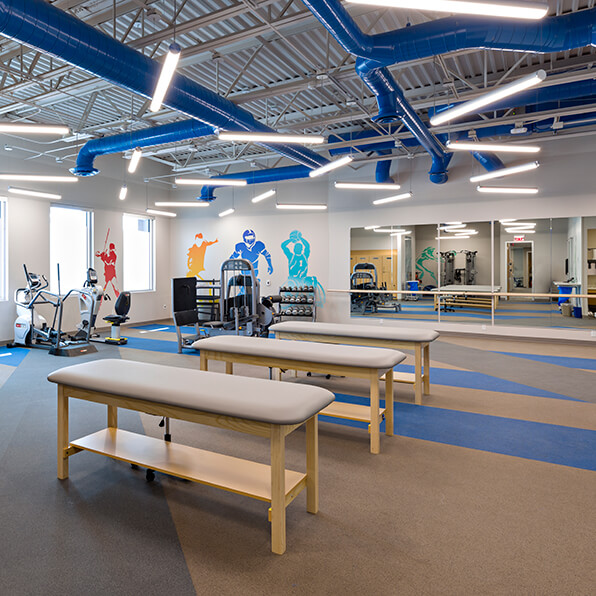High-intensity function training, such as boot camp-type exercise classes, continues to grow in popularity, especially as many COVID-19 restrictions have relaxed.
In this Mayo Clinic Minute, Dr. Edward Laskowski, co-director of Mayo Clinic Sports Medicine, explains how someone can reap the benefits of this type of exercise while avoiding injury.
“We have an epidemic in this country of obesity and sedentary lifestyle,” says Dr. Laskowski. “So anything to get people motivated and moving is good.”
In recent years, high-intensity functional training programs have grown in popularity.
“These classes are usually very motivating. They’re very social, and they involve very simple things, oftentimes just your body weight, to get your heart rate up and receive benefit.”
The programs tend to include exercises that involve jumping, ballistic movements, or movements that are complex to perform and come with a higher risk of injury. That’s why Dr. Laskowski says when it comes to strength training, technique is key.
“It’s not practice that makes perfect. It’s perfect practice. We really want the good, perfect movement patterns. We want the tissue to be loaded equally,” Dr. Laskowski explains. “For example, if you do a squat improperly, the back could be at risk. Burpees, your shoulders, wrists (could be at risk). We really want the technique when you do the exercise to be the best it can be.”
Another way to ensure optimal technique is to monitor fatigue. Dr. Laskowski says when participants fatigue, their form tends to deteriorate, making them more susceptible to injury.
Finally, Dr. Laskowski emphasizes the importance of letting your trainer or program instructor know of any preexisting injuries or medical conditions.
“If you have an injury, chances are we can modify the class to the point where you can still participate effectively and safely.”
For the safety of its patients, staff and visitors, Mayo Clinic has strict masking policies in place. Anyone shown without a mask was either recorded prior to COVID-19 or recorded in a nonpatient care area where social distancing and other safety protocols were followed.
Originally published on Mayo Clinic News Network.






